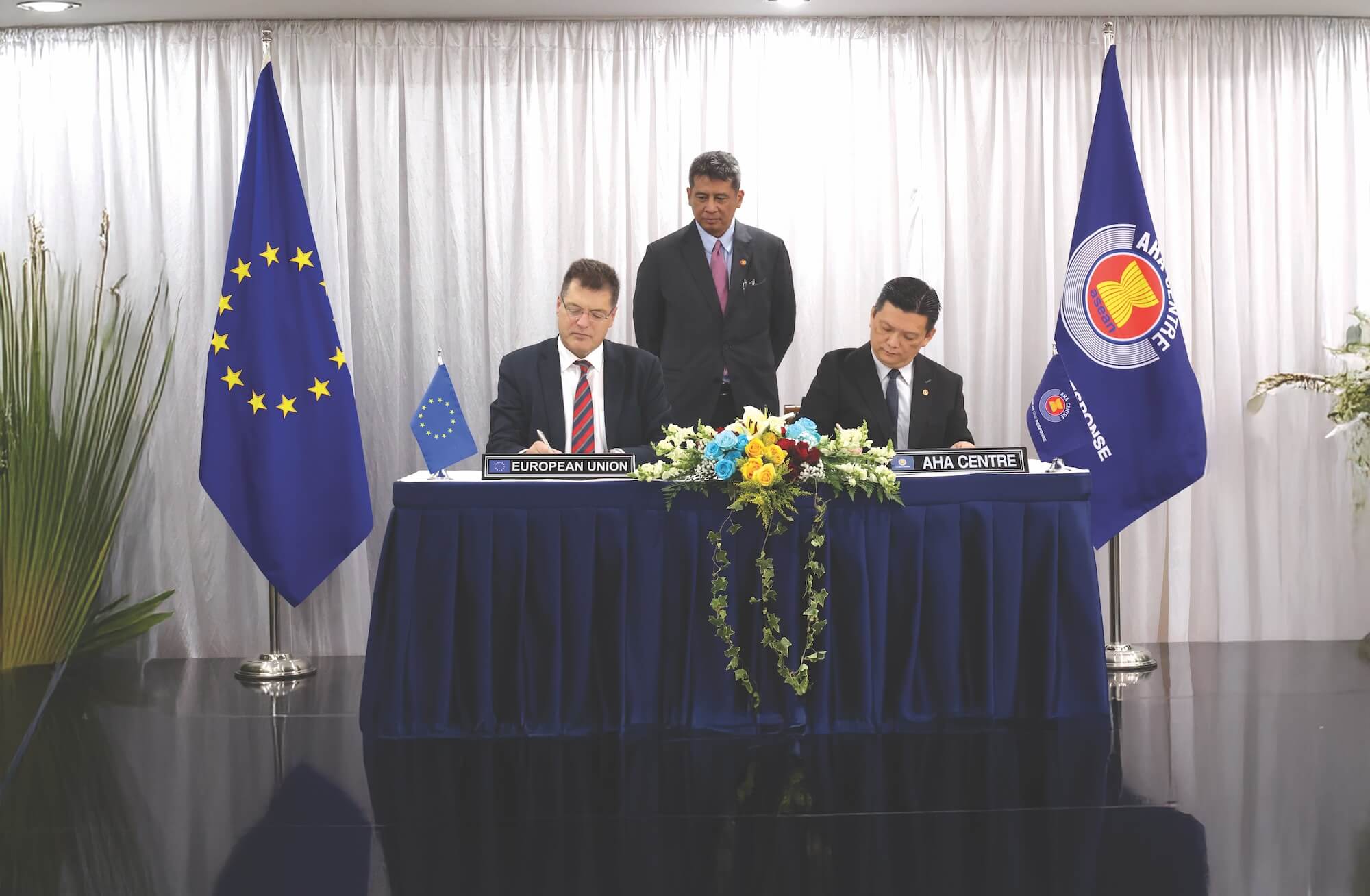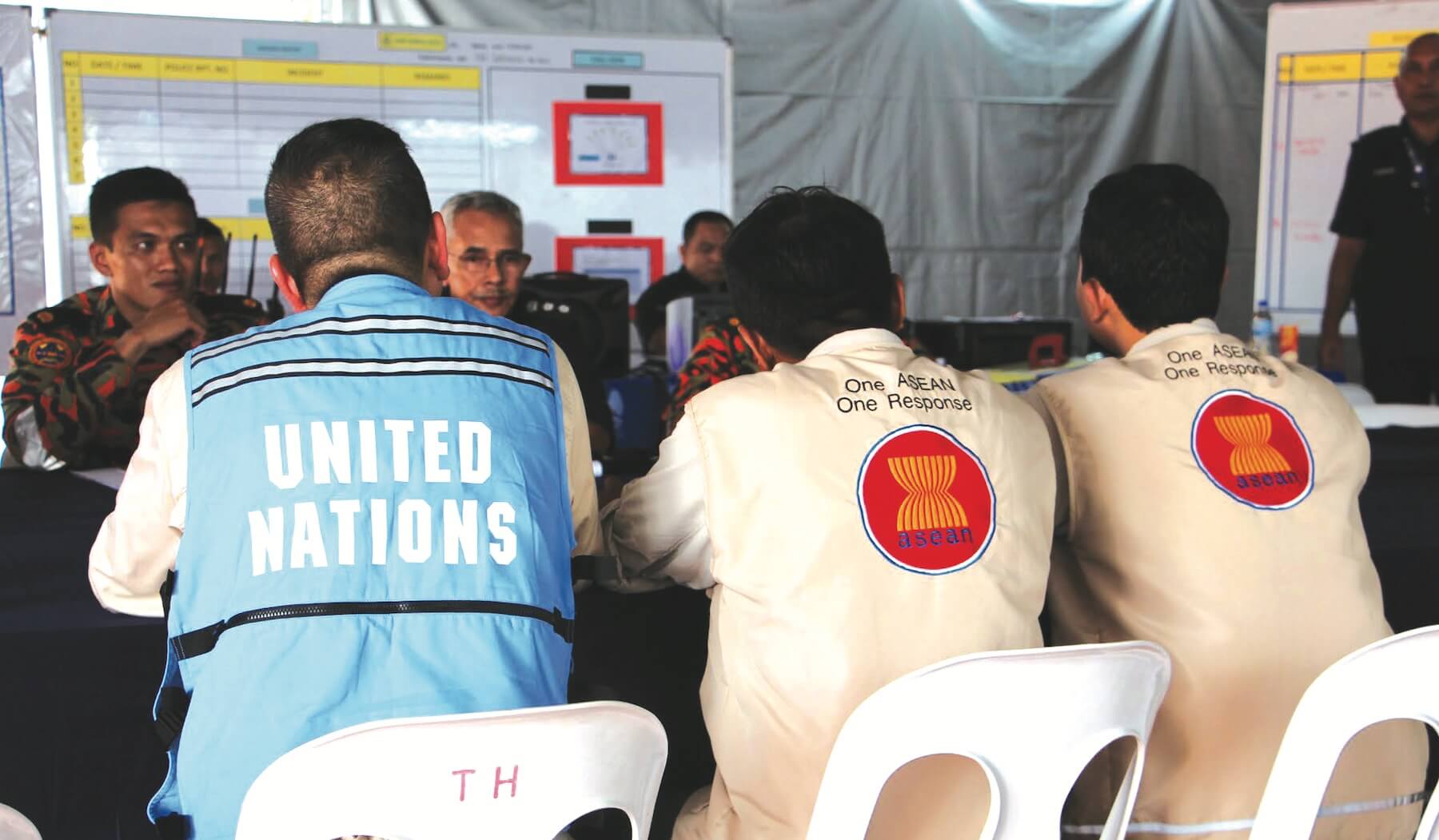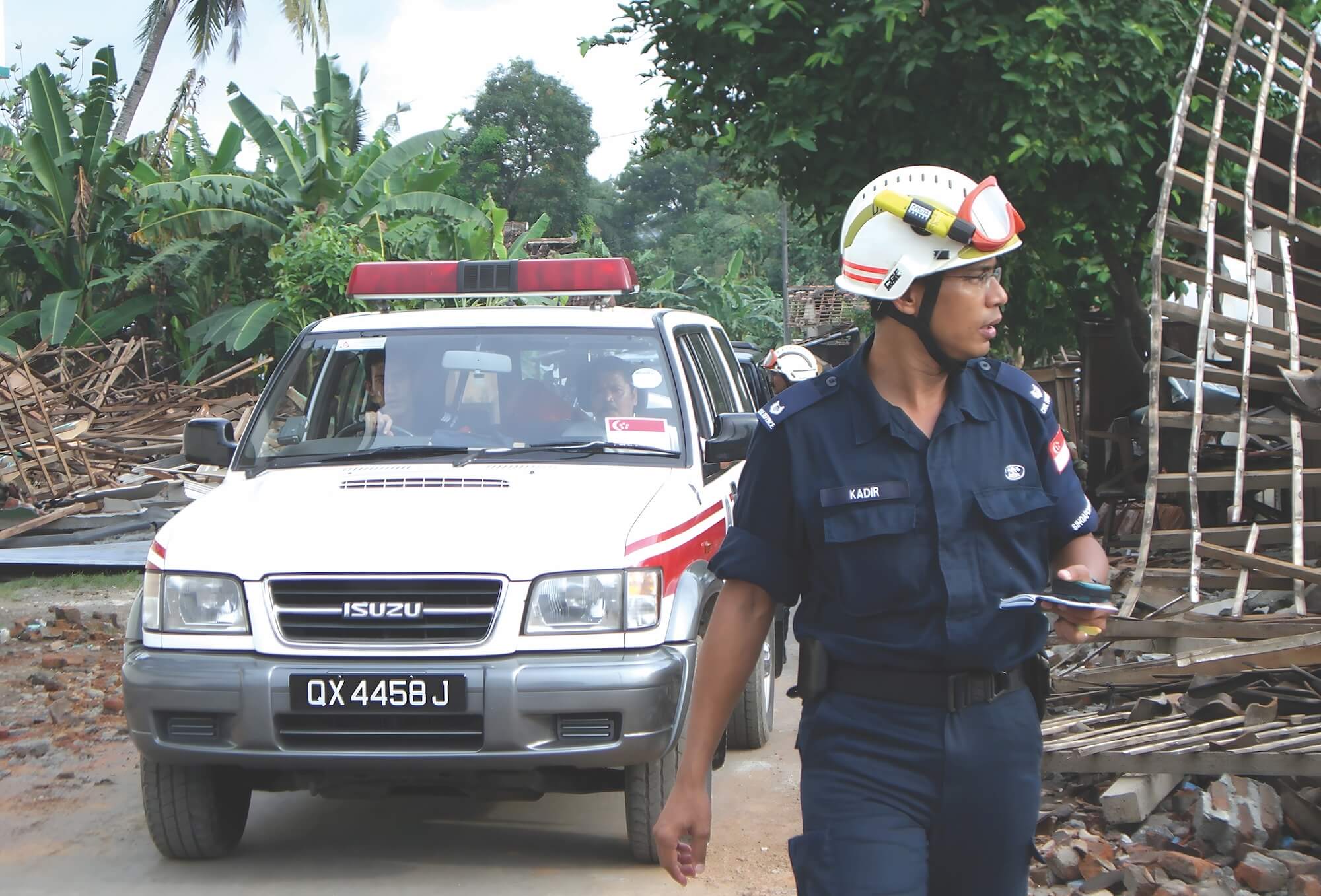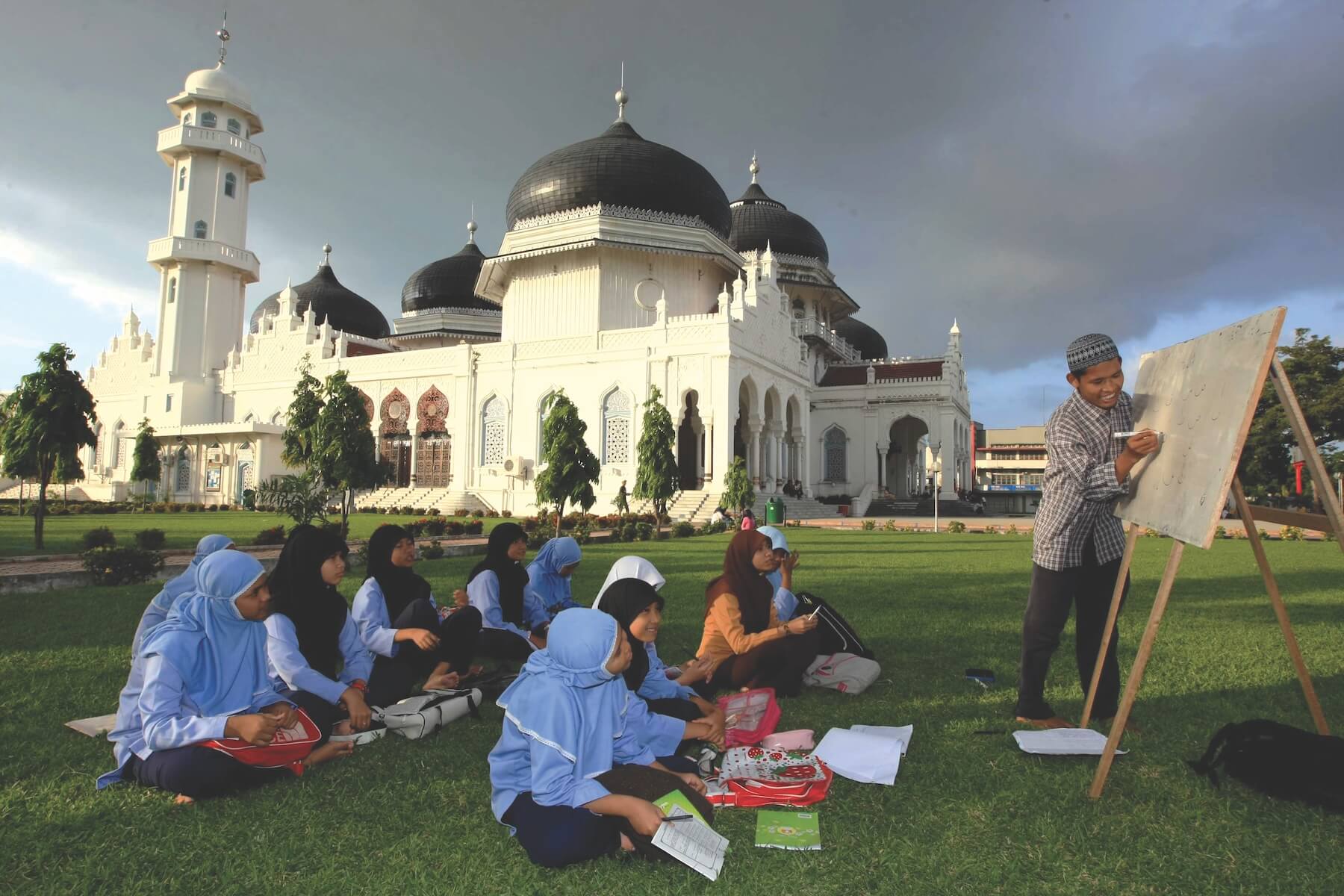



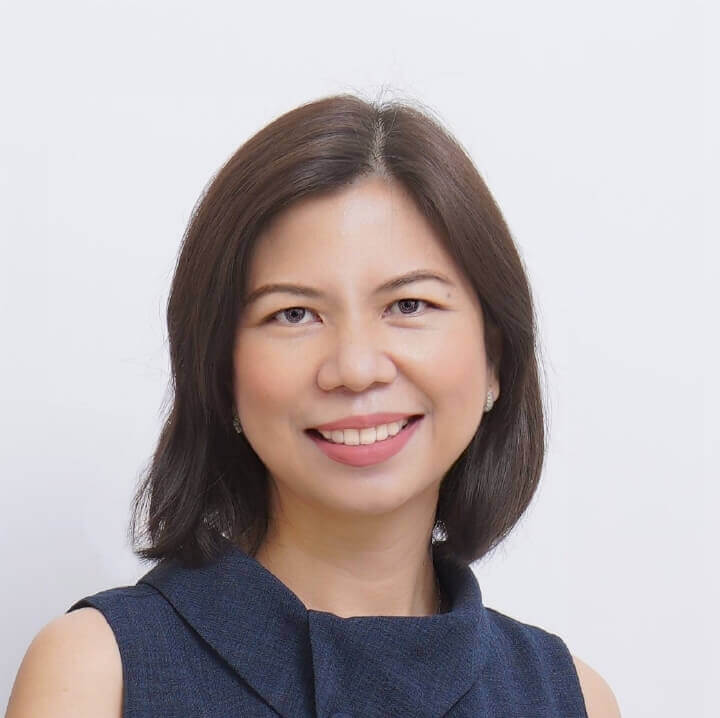
It has been two decades since the Indian Ocean earthquake and tsunami, but the progress made in disaster resilience and the profound lessons learned have endured.
The unprecedented disaster led to marked improvements in disaster risk reduction and management systems, policies, and institutions in the most affected countries. It served as a wake-up call to the international community, facilitating global agreements, bringing changes in humanitarian operations, and ushering in resilience as a public concept. These were underscored at the 2nd Global Forum for Sustainable Resilience in Jakarta on 11-12 September.
Indonesia, the hardest-hit by the disaster, hosted the forum to commemorate the 20th anniversary of the tsunami. The first panel discussion focused on “Lessons Learned from the Indian Ocean Tsunami 2004: Reflections and Achievements,” where the panellists unpacked the changes that have proven effective and those that can further advance countries’ disaster resilience.
An effective early warning system
The strengthening of the early warning system for tsunamis is one of the most significant developments in the aftermath of the Indian Ocean Tsunami tragedy, said Marco Toscano-Rivalta, head of UN Disaster Risk Reduction (UNDRR) Regional Office Asia and the Pacific in Bangkok.
Before 2004, a tsunami warning system did not exist for countries around the Indian Ocean as the area was considered low risk. After the cataclysmic event, the Indian Ocean Tsunami Warning and Mitigation System was set up in 2005 under the auspices of UNESCO’s Intergovernmental Oceanographic Commission.
The system is designed as an end-to-end warning system that starts with the quick detection of sea-level disturbance, such as an earthquake or a volcanic eruption, and ends with the mobilisation of a disaster-ready community. The system covers 27 member countries with access to the Indian Ocean basin.
Under this system, the three designated Tsunami Service Providers (TSPs)—Australia, India, and Indonesia—provide round-the-clock assessment of tsunami risk and send real-time information with the help of seismic monitoring stations, tsunami detection buoys, and other indicators. The information is relayed to member countries through their national tsunami warning centres, which then issues the local alert.
“What we have today did not exist 20 years ago and the reason is because despite all challenges, despite the complexity, when (people’s) goodwill and the hardware come together, change is actually possible,” said Toscano-Rivalta.
Responsive and results-oriented governance at the national level
The disarray that followed the 2004 tsunami demonstrated the necessity of having a single government agency with a mandate to coordinate and execute disaster response. This was pointed out by Said Faisal, former Deputy Head for Aceh-Nias, Rehabilitation and Reconstruction Agency (BRR).
“In a crisis, the most important question is who is in charge? It has to be one organisation. You cannot have a crisis and when people ask who is in charge, your answer is, ‘it depends.’ If it is administration, that will be in charge. If it is water, this will be in charge. If it is electricity, this will be in charge. That means no one is in charge,” said Said Faisal.
In addition to having clarity on which agency is in charge, it is also important for the leaders to be on the ground. “You need to be where the action is if you want to get things done. On the ground, you see the road is not fixed, the bridge is not fixed. You cannot sleep at home at night because you know that people under the tent will get wet.”
Said Faisal said that it is important for the agency in charge to deliver results. “Our core business, our only business during reconstruction, is delivering results. We can have 100 meetings, we can have 100 policy discussions, we can have massive planning, but unless something happens on the ground, it doesn’t mean anything for the people,” he noted. “So, you question everyday how to deliver a better result. If there is a regulation preventing us, then negotiate to change that regulation. Don’t negotiate the result.”
Toscano-Rivalta said that disaster governance must also be inclusive, with the participation of local communities, the private sector, and civil society organisations, and those belonging to vulnerable sectors such as women and persons with disabilities. “The challenges are becoming so complex that until and unless we have all hands on deck, it’s really hard to manage the complexity of the risks,” he said. ”It is not just on the shoulders of disaster management agencies, it’s really a whole of government approach.”
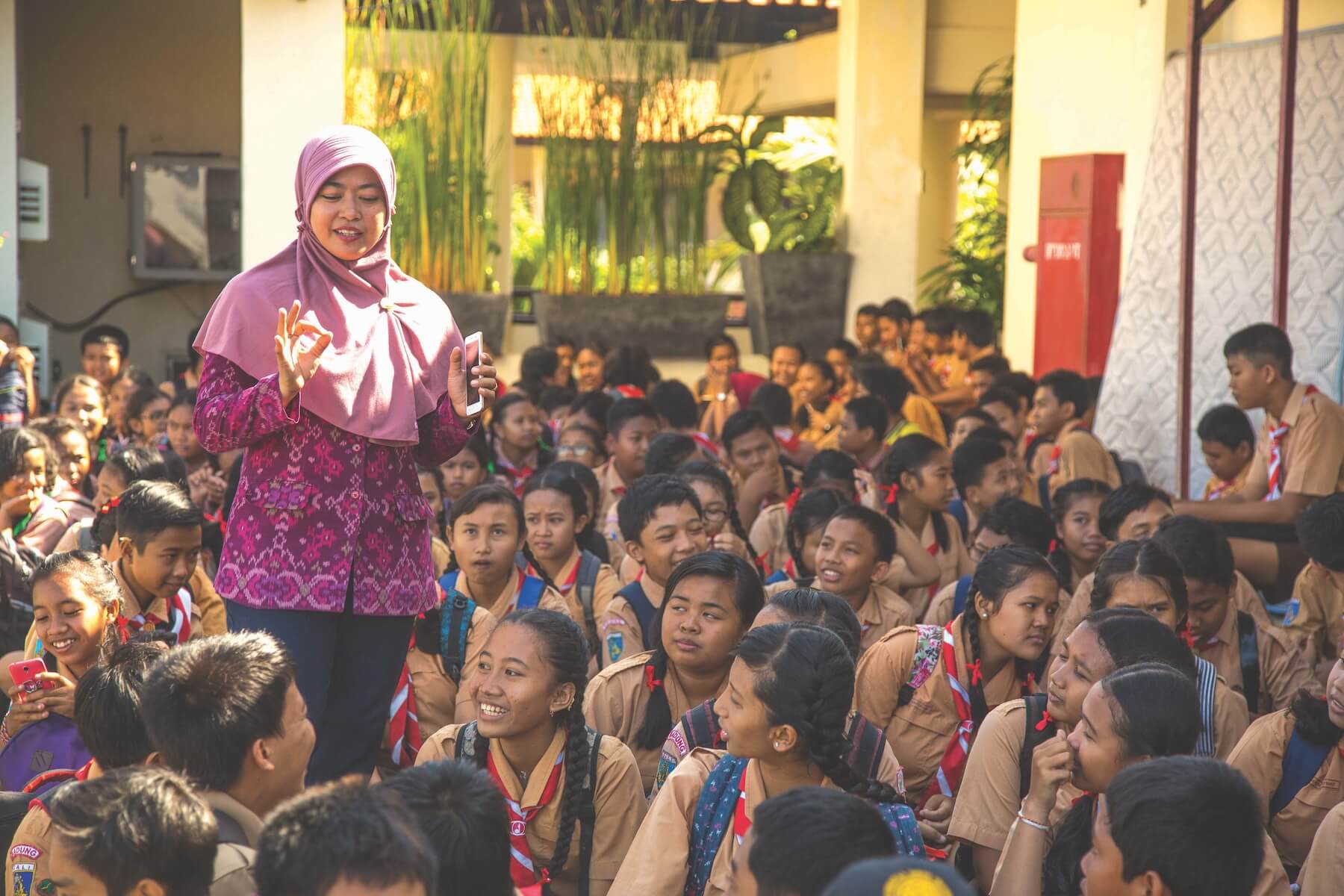
Strong regional collaboration
The transboundary nature of most disasters like the 2004 tsunami underlined the need for strong collaboration in preparedness, response, and recovery measures. The signing of the ASEAN Agreement on Disaster Management and Emergency Response (AADMER)—which laid the groundwork for establishing the AHA Centre and various disaster management mechanisms and protocols—indicates that ASEAN recognised this need.
Colonel (Retd) Muhd Harrith Rashidi Bin Hj Muhd Jamin, Director of the National Disaster Management Centre, Brunei Darussalam and Chair of the ASEAN Committee on Disaster Management (ACDM), said that ACDM is particularly proud of what it has achieved in terms of implementing the AADMER.
“All the Member States work as one to respond to any calamity. And the best part, we have the ASEAN Standby Arrangements for Disaster Relief and Emergency Response or SASOP, which gives us the process to work together. Because we are 10 nations and we have different national SOPs, the SASOP makes working together so much easier,” said the ACDM Chair.
He added, “ASEAN Emergency Response and Assessment Team (ERAT) is for me, personally, one of the best achievements of ACDM. These are composed of people who are trained to do a quick assessment so that we know what is needed in the disaster area. The beauty of ASEAN-ERAT is that they are ready any time should they be required by any country in our region.”
The ACDM Chair recalled that things were less organised when he was still a military pilot delivering aid from Brunei Darussalam to Indonesia 20 years ago. “There was no assessment, and we didn’t have the right information about what the people needed, what the victims needed. We just sent whatever (goods) and they ended up in a huge warehouse in Sabang that piled up every day.”
He said that these feats show that ASEAN is a global leader in disaster management. “We have political support, we have people on the ground, we have the military, and we have volunteers, we have NGOs. So, in that sense, I would like to conclude that after 20 years, I think we are already there.”
Investment in disaster-resilient infrastructure
The 2004 tsunami did not only claim lives, but also wrecked critical infrastructure, such as roads, communication systems, power, and water supply. This highlights the need to invest in infrastructure that can withstand disasters to reduce the cost of damage and avoid service disruption, said Amit Prothi, Director General of the Coalition for Disaster Resilient Infrastructure.
“Our finances allocated for development schemes and programmes are often getting diverted for recovery and reconstruction of the damage done by disasters,” she added.
Prothi cited measures that countries can take towards creating disaster resilient infrastructure. She said mapping infrastructure assets is an essential first step. “Conduct a comprehensive infrastructure risk assessment covering past hazards and future risk scenarios and develop risk metrics for informing infrastructure planning, design, monitoring, and maintenance. We need to look at the historical data risk data, but we also need to do probabilistic modelling to understand what the future holds for us.”
She mentioned the tool developed by the coalition, the Global Infrastructure Risk Model and Resilience Index or GIRI, which creates probabilistic risk models, looking at eight different infrastructure sectors and six different hazards, to help countries understand the kind of risk that is embedded in their infrastructure system. “Basically, it provides average annual loss figures which actually help countries understand the kind of loss a country will experience if hit by different disasters,” she said.
Revising and improving codes, regulations, and standards is also important, Prothi said. “We need to focus on building the capacities of the people who are responsible for implementing these codes and standards on ground at the infrastructure level, at the policy level, and at the planning level.”
Prothi also proposed using technology, such as AI and satellite technology, to manage the risks faced by infrastructure operators and improve their ability to minimise service disruption and ensure faster recovery.

Availability of disaster risk or contingency funding
The economic cost of the 2004 tsunami reached 10 billion US dollars. With the number of disasters projected to increase by 40 per cent by 2030, Toscano-Rivalta said countries must focus their attention to disaster risk financing. He said it is important for the public sector to set aside funds for disaster prevention and risk reduction measures, and for the private sector to also “invest beyond business continuity and invest in the sustained resilience of the supply chain.”
Prothi agreed that mobilising private sector and philanthropic funding is necessary. Countries can attract private investment by developing projects in which the risk is shared and reduced to make them more appealing. “We also need to build this narrative very strongly around the return of investment,” she said.
Prothi added, “We need to work closely on the financial instruments so that countries that have financial restrictions due to debt are provided with other innovative solutions for funding their infrastructure-resilient projects.”
As the ASEAN region faces increased threats of multiple disasters and climate change risk, Member States can build on the gains made and address existing gaps in mitigating and responding to such threats. Learning from past experiences will ultimately lead to safer and more resilient communities and people.
Editor-in-chief Mary Kathleen Quiano-Castro and Staff Writer Ixora Tri Devi contributed to this article.




